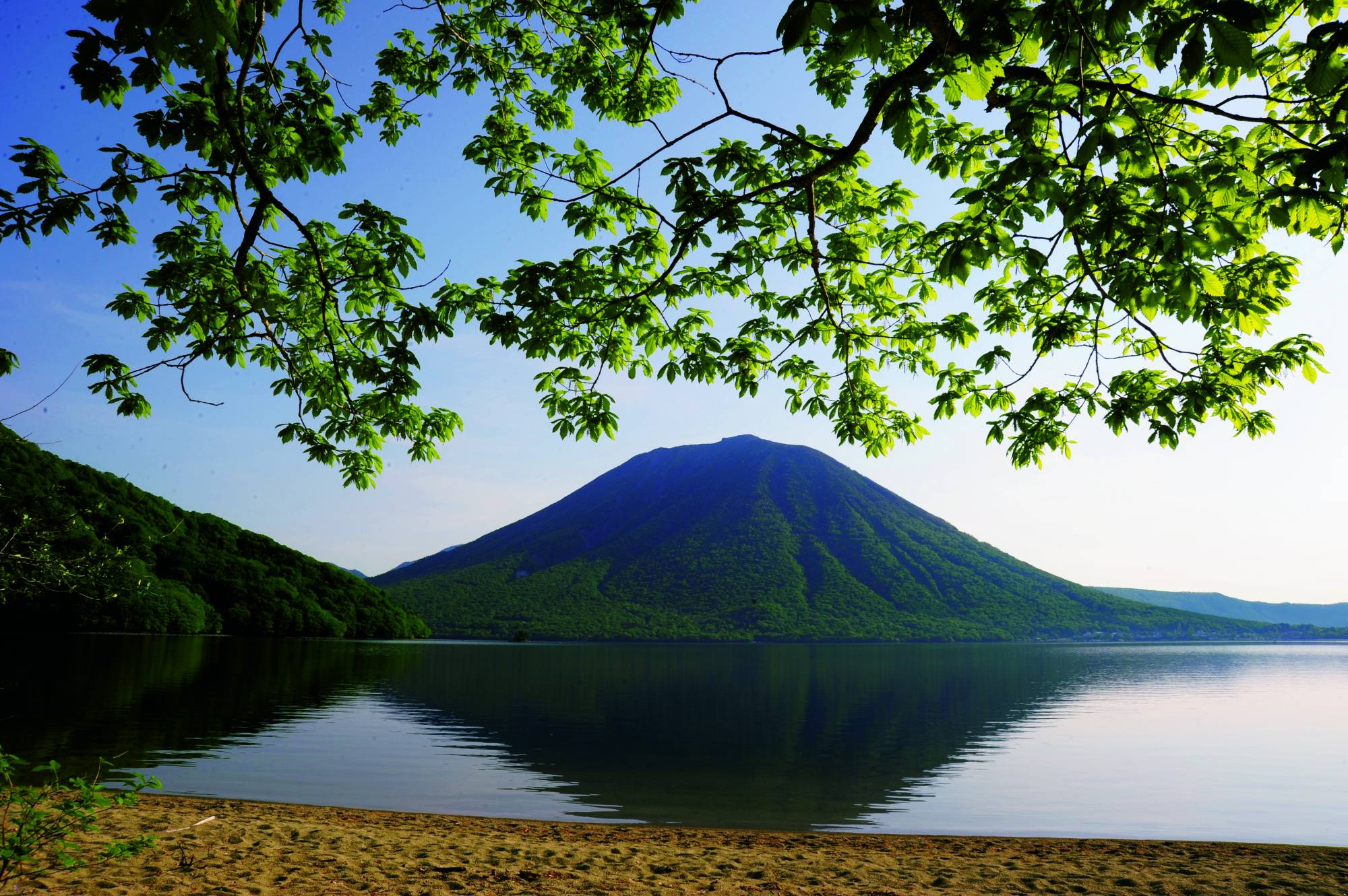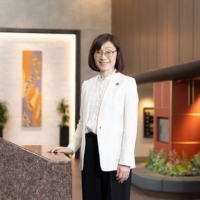Located in Tochigi Prefecture, the city of Nikko has long been thought of as a deeply mystical place. Before his death in 1616, Tokugawa Ieyasu — the man who unified Japan and established the Tokugawa shogunate that ruled over the country until 1868 — selected Nikko as his final resting place. He had never visited the area before, but he chose it because he considered it a domain of the gods.
Today, the massive Toshogu shrine complex where Ieyasu is entombed has become the undisputed symbol of Nikko. Intricately ornate, Toshogu is full of historically significant structures, fascinating carvings and some of the finest examples of Japanese art. It’s little wonder that Toshogu was recognized in 1999 by UNESCO as part of The Shrines and Temples of Nikko World Heritage site, together with the Futarasan shrine and the Rinnoji temple (home to Taiyuin, the mausoleum of Ieyasu’s grandson, and 22 registered National Treasures.) Yet for all its splendor and, some might say, somewhat flamboyant magnificence, Toshogu never feels as imposing as the forest surrounding it. Ancient and grand, it seems exactly like somewhere gods would reside, as do so many other verdant locations in and around Nikko.
That world of mystic landscapes is now more accessible than ever to foreign travelers thanks to the Tobu Railway Nikko Discount Ticket. Available for ¥3,800 for adults and ¥980 for children, the ticket covers the cost of a round-trip train ride to any station on the Tobu Skytree Line, Tobu Nikko Line and Tobu Kinugawa Line and covers all the public transportation costs within the city, including Tobu’s Akechidaira Ropeway. The Nikko Ticket can be purchased at the Tobu Tourist Information Center in Tokyo’s Asakusa and Ikebukuro districts, but only by foreign nationals. From there, the pass holders can immediately set off on a journey into the land of unspoiled landscapes and Japanese gods.

















With your current subscription plan you can comment on stories. However, before writing your first comment, please create a display name in the Profile section of your subscriber account page.